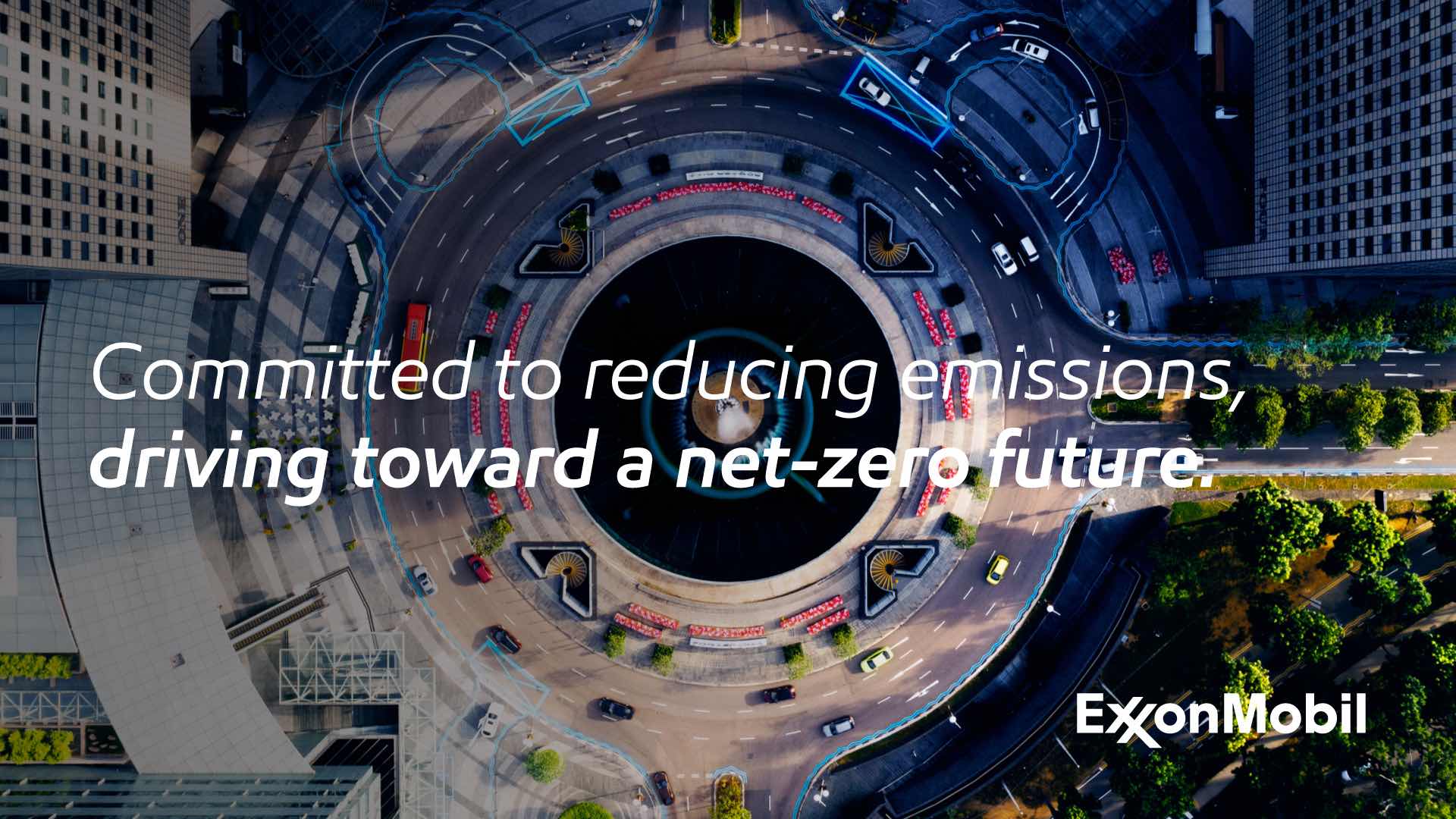| | | | | | | Presented By ExxonMobil | | | | Axios Generate | | By Ben Geman and Andrew Freedman ·Feb 16, 2022 | | 🐪 Wednesday is here! Today's Smart Brevity count is 1,275 words, 5 minutes. 🚗 Situational awareness: EPA is about to restore California's authority to set tailpipe emissions standards that over a dozen other states follow, E&E News reports. Go deeper. 🎸 This week marks 30 years since Van Halen released a terrific single (sorry-not-sorry VH purists) that's today's intro tune... | | | | | | 1 big thing: Welcome to the new era of coastal flooding |  | | | Illustration: Aïda Amer/Axios | | | | With sea level rise poised to accelerate in the coming years, coastal communities around the country will need to manage a rapid escalation in flood frequency and severity, a new federal report finds, Andrew writes. Driving the news: The report, led by the National Oceanic and Atmospheric Administration, shows that a century's worth of sea level rise is in store for the U.S. during the next three decades. Why it matters: Already there are coastal communities that regularly flood during astronomical high tides, a phenomenon known as "nuisance" or "sunny day" flooding. - Once you add the amount of sea level rise expected in the contiguous U.S. by 2050 — about a foot above current levels on average — these nuisance floods will be transformed into frequent, damaging episodes.
Threat level: The report finds that, by 2050, moderate, high tide flood frequencies may increase by more than a factor of 10 nationally, along with a fivefold increase in major high tide flood frequencies. - It notes that "significant consequences" are in store for coastal infrastructure, absent new efforts to reduce risk exposure.
- Moderate and typically damaging high tide flooding is projected to increase from an average frequency of 0.3 events per year in 2020 (the equivalent of having a 3% chance of occurring in a given year) to four events per year in 2050, the report finds.
What they're saying: Ben Strauss, CEO and chief scientist of the research group Climate Central, said, "Just one foot of sea level rise will change a lot of American lives." - "Nationwide, about a million Americans live on land less than one yardstick above the high tide line. That jumps to five million below two yardsticks — the size of Houston plus Chicago, averaging almost 70,000 people per vertical inch," he said via email.
- "Our national sea level threat has started slowly, but it's going to accelerate like a rocket," Strauss added.
- Jeremy Porter, chief research officer at the nonprofit First Street Foundation, said the findings "amplify concerns" raised in his work about the non-linear growth in sea level rise and flood risk.
- "The simple addition of a few inches of sea level rise exponentially increases the consequences of coastal surge events," he said in an email.
|     | | | | | | Bonus: Sea level rise scenario to 2050 |  Sea level rise in the contiguous U.S. will be consistently higher than the global mean, according to the new assessment. It will also vary regionally, with the East and Gulf Coast serving as hot spots for higher amounts, the report found. Zoom in: The chart above is based on an intermediate emissions scenario, and it shows the potential for more than a foot of sea level rise, on average, in the U.S. by 2050. The official outlook, incorporating multiple scenarios, calls for a 10-to-12-inch increase. |     | | | | | | 2. 🛢️ Oil traders watch fluid Ukraine crisis for clues | | Crude oil prices moved back up this morning after falling yesterday on conflicting reports of cooling tensions over Russia's potential invasion of Ukraine, Ben writes. Driving the news: The global benchmark Brent crude is around $94.88. Russia said today it is returning some troops and weapons to bases, but NATO disputes the claims. Axios' David Lawler has more. The big picture: The oil market remains tight. "The softening of tensions may have only delayed the march to $100, rather than preventing it," Oanda analyst Craig Erlam said in a note. What we're watching: Gasoline prices. A Russian invasion would likely push average U.S. prices above $4-per-gallon for the first time in nearly 14 years, GasBuddy analyst Patrick De Haan tells Axios' Nathan Bomey. Go deeper. |     | | | | | | A message from ExxonMobil | | Advancing climate solutions in support of a net-zero future | | |  | | | | At ExxonMobil, we aim to achieve net-zero emissions (Scope 1 and 2) from operated assets by 2050. How do we intend to get there? With a comprehensive approach, detailed emission-reduction roadmaps and supportive policy to accelerate deployment of technologies needed to support a net-zero future. | | | | | | 3. A staggering picture of the net-zero challenge |  Data: IEA; Chart: Baidi Wang/Axios A new analysis offers a sobering window into the challenge of slashing emissions enough to meet the temperature-limiting goals of the Paris Agreement, Ben writes. Driving the news: The International Energy Agency explores per-capita emissions of people born in different decades that would be consistent with a pathway to net-zero global emissions by 2050. Younger generations' CO2 output would need to fall massively compared to their elders. IEA analysts say kids born today would emit "10 times less carbon during their lifetimes than their grandparents" under the Paris-based agency's net-zero roadmap. The big picture: Net-zero by 2050 is a target that scientists say provides a fighting chance of holding temperature rise to around 1.5°C above preindustrial levels. That would stave off some of the most dangerous climatic changes. Why it matters: Those massive generational emissions changes are only possible under a sweeping transformation of global energy systems, far beyond anything in evidence today. - The net-zero roadmap released last year would see a quadrupling of annual solar PV and wind power capacity additions by 2030 and 4% yearly gains in the world economy's energy efficiency this decade.
- There's also electrification of transport, buildings and industrial motors. And almost half the emissions cuts come from tech that's just in early R&D stages.
The bottom line: IEA said young voices must be heard in today's policy decisions: "Younger generations have the most at stake, and they also have the most to gain from successful energy transitions." |     | | | | | | 4. Biden's ocean wind target comes into view |  Data: S&P Global Market Intelligence; Chart: Baidi Wang/Axios There's already enough offshore wind power in the U.S. development pipeline to exceed the White House target of 30 gigawatts of capacity by 2030, per S&P Global Market Intelligence, Ben writes. Why it matters: Marine wind power, a largely untapped resource in the U.S., is among the tools that can help decarbonize the country's electricity. The big picture: Big players like Ørsted, BP, Shell and others are developing projects off New York, Massachusetts and other states, with a total of 30.7 GW in the pipeline, per S&P. (A gigawatt is 1,000 megawatts.) The Biden administration has greenlit two Atlantic Coast projects, and plans more leasing and approvals, as well as making Gulf Coast and Pacific Ocean regions available. Yes, but: S&P sees a "time crunch" on the 2030 goal. It projects over 4.7 GW of capacity installed by 2025 if schedules are met, and 16.2 GW completed in 2025-2030. But projects totaling over 8 GW "have not disclosed in-service dates." * * * Speaking of renewables, yesterday brought new data on the wider U.S. landscape. The American Clean Power Association, in a report, said additions of utility-scale renewable and storage capacity totaled 27.7 GW last year. That brings the total to over 200 GW. But the trade group said installations were slightly below 2020 levels and urged Congress to provide more support. |     | | | | | | 5. AP is the latest to go all-in on climate reporting |  | | | Illustration: Aïda Amer/Axios | | | | The Associated Press is the latest major media company to expand its climate coverage with new plans to hire roughly 20 journalists across Africa, Brazil, India and the U.S., Andrew and Axios' Sara Fischer report. Why it matters: Taken together, the moves by several major newsrooms to go big on climate represent a sea change for a topic once treated almost exclusively as a science story. This has evolved as the effects of climate change have become more visible, including droughts, heat waves and wildfires. - The new AP climate desk — announced Tuesday by AP deputy managing editor Sarah Nordgren — is backed by roughly $8 million in funding from various philanthropies.
- They include Quadrivium, the foundation run by James and Kathryn Murdoch, the William and Flora Hewlett Foundation and the Rockefeller Foundation.
Zoom in: A large focus of the AP initiative will be adding reporters dedicated to the intersection of climate with the economy, and other issues, like the impact of climate change on food, migration, housing and urban planning, disaster response and culture. The big picture: Other outlets ramping up climate coverage include the Washington Post, which said last week that it too planned to add more than 20 new positions. The paper won a Pulitzer for its climate coverage in 2020. In the past year, ABC and CNN have formed their own climate teams as well. |     | | | | | | A message from ExxonMobil | | Reducing emissions in support of a net-zero future | | |  | | | | At ExxonMobil, we aim to achieve net-zero emissions (Scope 1 and 2) from operated assets by 2050. How do we intend to get there? With a comprehensive approach, detailed emission-reduction roadmaps and supportive policy to accelerate deployment of technologies needed to support a net-zero future. | | |  | Bring the strength of Smart Brevity® to your team — more effective communications, powered by Axios HQ. | | | | | | Axios thanks our partners for supporting our newsletters. If you're interested in advertising, learn more here.
Sponsorship has no influence on editorial content. Axios, 3100 Clarendon Blvd, Suite 1300, Arlington VA 22201 | | | You received this email because you signed up for newsletters from Axios.
Change your preferences or unsubscribe here. | | | Was this email forwarded to you?
Sign up now to get Axios in your inbox. | | | | Follow Axios on social media:    | | | | | |
No comments:
Post a Comment